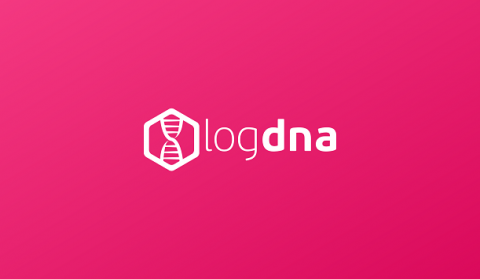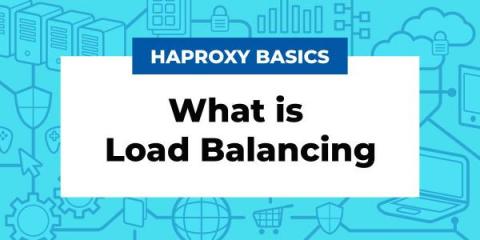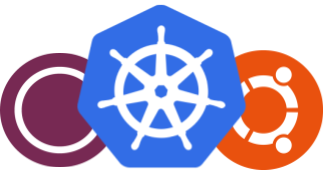5 Ways AIOps Tools Can Increase ITOps Productivity
There’s no doubt that the software development and engineering industry has become one of the fastest evolving industries in the world. This greatly affects the way things are done within the industry. The rapid change within the software industry can be said to be in an exponential form. These changes are evolving so quickly that you can measure and track them within daily timelines as compared to the growth of other industries.











